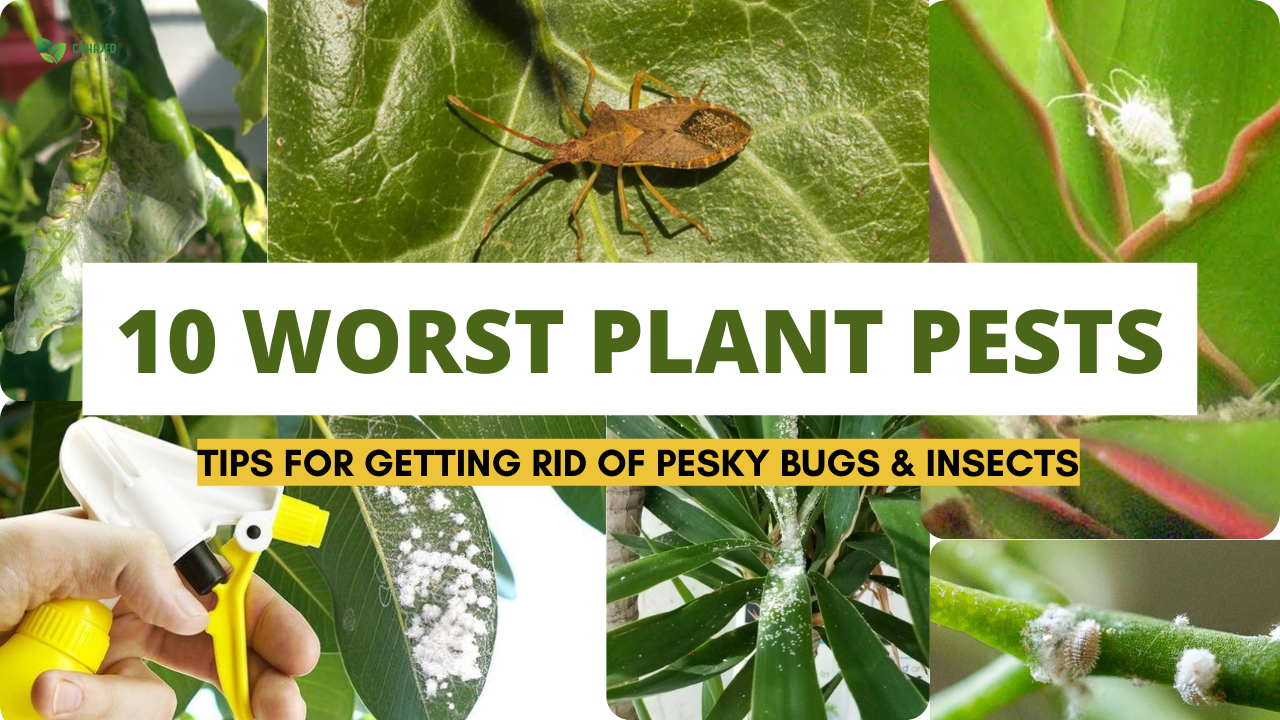
10 Common Houseplant Pests and How to Get Rid of Them
Houseplants are more than just decoration; they add a lively and cosy vibe to your home. However, just like any other living thing, they can fall prey to pests. These pesky creatures can be a real pain to deal with and can wreak havoc on your beloved plants if not treated promptly. But worry not, dear plant parent!
In this blog, we will explore the top 10 most common houseplant pests and some easy and effective ways to get rid of them. So, let's dive in!
Bye-bye, pesky pests!

Houseplants that stay inside your home can be vulnerable to pests. These pests can quickly increase their numbers and harm your plants! That's why it's important to regularly check your indoor plants for any signs of pests. By catching the pests early, you can prevent them from causing severe damage to your beloved houseplants.
Aphids
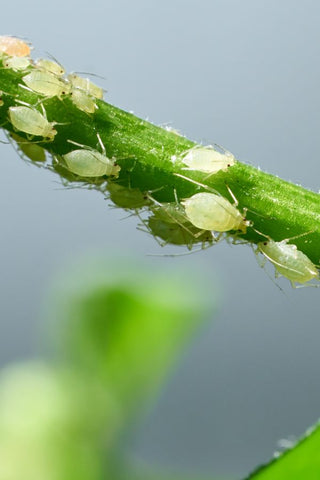
Aphids are small, soft-bodied, pesky insects that can be found on the leaves and stems of plants. They can push the leaves to curl and distort, and they may even cause stunted growth! This is one of the most common pests typically found on indoor plants. It is important to get rid of these unwanted guests; try our solution guide to do just that!
Solution: To get rid of aphids, try spraying the plant with a mixture of water and dish soap. You can also introduce ladybirds or lacewings, which are natural predators of aphids.
Mealybugs
Mealybugs are small, white, cotton-like insects that can be found on the leaves and stems of plants. They can cause the leaves to yellow and can also attract ants to feed on your plants, so this has to be fixed immediately to prevent the loss of your green buddies!
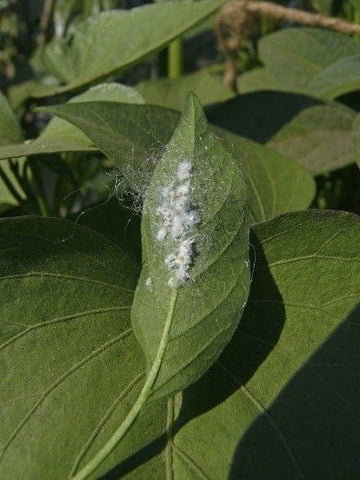
Solution: To eliminate mealybugs, wipe them off the plant with a cotton swab dipped in rubbing alcohol. You can also try sprinkling the plant with a mixture of water and dish soap.
Spider Mites
Spider mites are tiny, spider-like creatures that cause havoc on the leaves of your plants. They can cause the foliage to turn yellow and make webbing appear on the plant.

Solution: For spider mites, spray the plant with water or use an insecticidal soap. Try increasing the humidity around the plant by placing a tray of water nearby. This is a quick hack to keep these pesky pests at bay.
Whiteflies
Whiteflies, those tiny, pesky insects, can often be seen buzzing around the leaves of your plants. They are small and white, and their presence can be a sign of trouble. These tiny insects can do significant damage to your plant's health by sucking the sap from the leaves, which can cause wilting, yellowing, and even the death of your plant! So, it's essential to keep an eye out for these little buggers and take action as soon as you spot them.
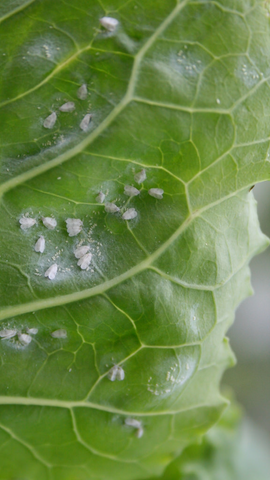
Solution: You can try spraying the plant with a mixture of water and dishwashing liquid. Introducing natural predators, such as ladybirds or lacewings, can be an organic way to kill these pests.
Scale Insects
Scale insects are another type of pesky pest that can take over your plants. They are small and round and can be found on the stems and leaves of plants. These insects can cause serious damage to the health of your plants by sucking sap from the leaves, which can cause the leaves to turn yellow and eventually fall off. Moreover, they produce a sticky substance called honeydew, which can attract other pests and make the leaves appear shiny and sticky. Keep a close watch for these tiny invaders and take action before they cause irreparable damage to your lovely plants.

Solution: To get rid of scale insects, scrape them off the plant with a cotton swab or toothbrush. You can also try spraying the plant with horticultural oil, which could be a good option as well.
Fungus Gnats
Fungus gnats are another annoying pest that can cause headaches for plant owners. These tiny black flies are often seen buzzing around plants and can be quite a nuisance. They lay their eggs in the soil, and the larvae feed on the roots of the plants, causing them to become weak and prone to disease. If left unchecked, these pests can cause significant damage to your plants.
 Solution: To avoid fungus gnats, try allowing the soil to dry out between waterings. Attempt using sticky traps or introducing natural predators, such as nematodes, if possible.
Solution: To avoid fungus gnats, try allowing the soil to dry out between waterings. Attempt using sticky traps or introducing natural predators, such as nematodes, if possible.
Thrips
Thrips are another common pest that can wreak havoc on your plants. These slender, small insects can be found on the leaves and flowers of plants. They can be hard to spot due to their size, but they can cause significant damage to the health of your plants. Thrips feed on the sap of plants, which can cause the leaves to become discoloured and wilted. They can also cause the flowers to distort and fall off prematurely, which can be quite disheartening for any plant owner!

Solution: Spray the plant with insecticidal soap or bring in natural predators, such as ladybirds.
Springtails
These tiny, wingless insects are usually less than 6 mm in size and are often mistaken for fleas due to their ability to jump. They are typically grey or brown in colour, and they can be found in the soil of your plants.
Although they are not harmful to humans, springtails can be a nuisance to your houseplants.

They feed on decaying organic matter in the soil, which can cause damage to the roots of your plants if left unchecked. Besides, their jumping can cause the soil to be disturbed, which can lead to the roots becoming exposed.
Solution: First, you should make sure that you are not overwatering your plants, as this can create a favourable environment for springtails to thrive. Further, try using a natural pest control solution like neem oil or insecticidal soap to treat the soil and leaves of your plants.
Root Mealybugs
Root mealybugs are small insects that live and feed on the roots of plants. They are white or light brown in colour and have a fuzzy, waxy covering that protects them from pesticides and other control measures.

Identifying a root mealybug infestation can be challenging because they are hidden underground, but there are some signs to look out for. If you notice yellowing or wilting leaves, or if your plant seems to be struggling to absorb water and nutrients, it could be a sign of a root mealybug infestation.
Solution: To remove root mealybugs, try removing the affected plant from its pot and washing the roots with water. Using systemic insecticides will help as these can be absorbed by the plant and give it the ability to kill off the root mealybugs forever.
Brown Scale
These insects are small and round, with a brownish colour, and can often be found on the stems and leaves of plants. If left untreated, they can cause significant damage to the plant, including yellowing of the leaves and even death.
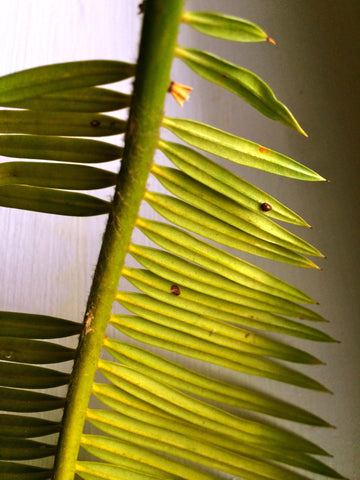
There are several ways to get rid of brown scales and other common pests on your indoor plants. Here are some effective methods:
Pruning infested areas
If the infestation is limited to certain parts of the plant, you can prune those areas off to get rid of the insects.
Use a soft-bristled brush
Use a soft-bristled brush to gently scrub the scales off the plant. This method can be effective for light infestations.
Use rubbing alcohol
Dip a cotton swab in rubbing alcohol and dab it on the scales. This will cause the pests to dry out and fall off.
Use insecticidal soap
Spray the plant with insecticidal soap, making sure to cover all parts of the plant. This will suffocate and kill the insects.
Use neem oil
Neem oil is a natural insecticide that can be effective against any plant-insect. Dilute neem oil in water and spray the plant thoroughly.
Some Extra Tips to Remember
- Monitor your plants regularly for signs of pests. Early detection can help you prevent pests from spreading and causing more damage.
- Keep your plants healthy by providing them with proper sunlight, water, and nutrients. Healthy plants are less likely to attract pests.
- Quarantine new plants before introducing them to your other plants. This will help prevent any pests from spreading.
- Keep your plants clean by wiping them down regularly with a damp cloth or spraying them with water. This can help prevent the buildup of dust and other debris, which can attract pests.
- Use natural predators, such as ladybirds or lacewings, to control pests. These predators can be purchased online or at your local garden centre.
Conclusion
Houseplant pests can be frustrating, but with the right knowledge and tools, you can get rid of them and keep your plants healthy. No one wants to see their beloved plants suffer and eventually die because of the nuisance that insects create! That's why it's important to stay vigilant and take action as soon as you notice any signs of pests.
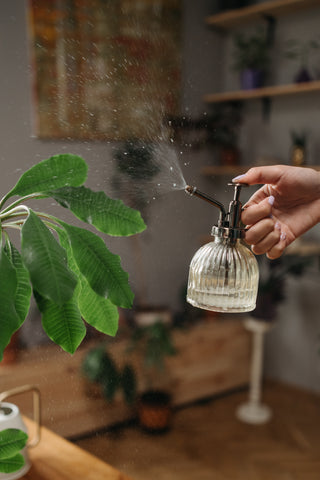
Let us know in the comments which technique you used to remove the pests from your green babies and how it worked. We are eager to hear you out!

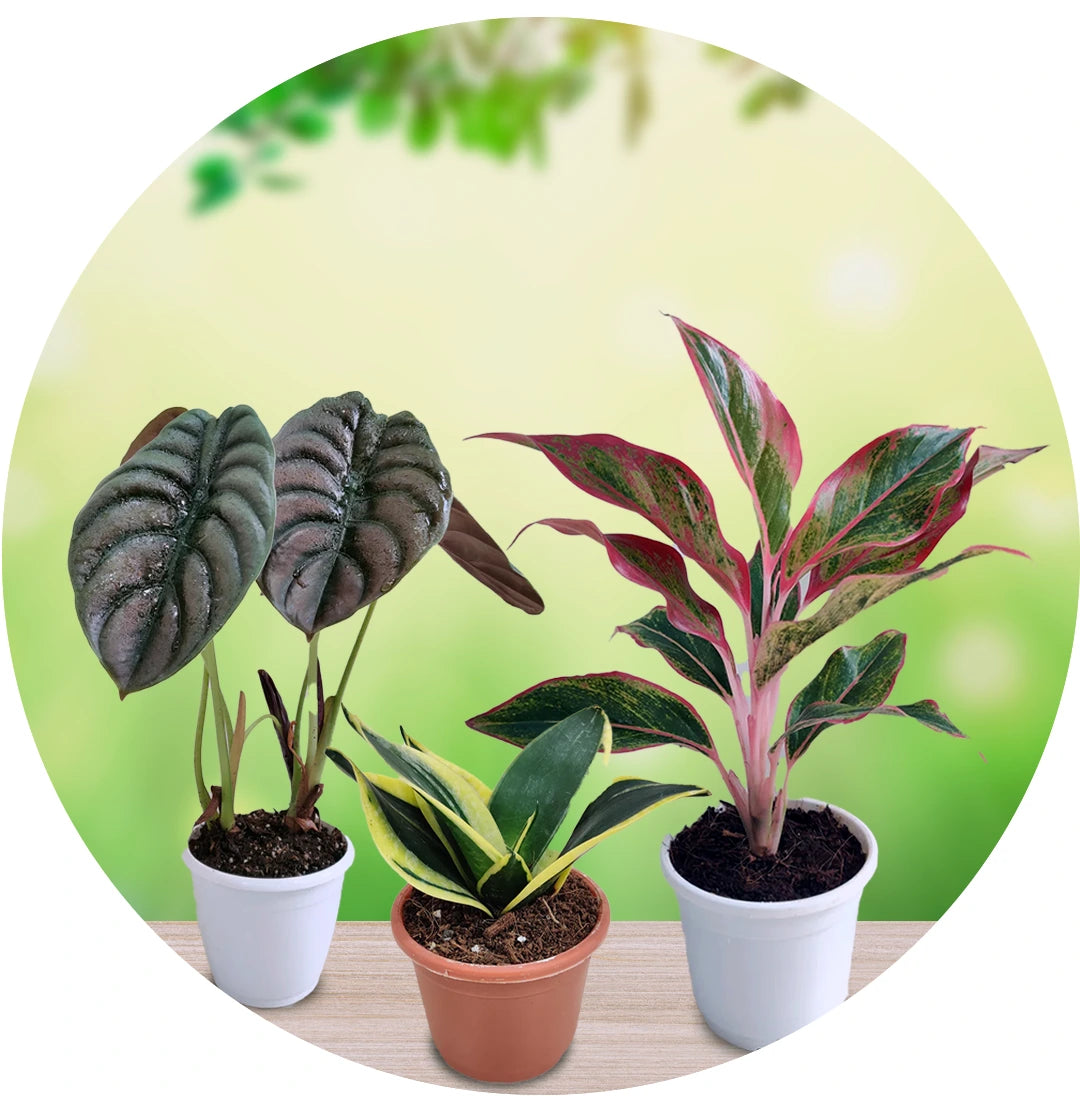
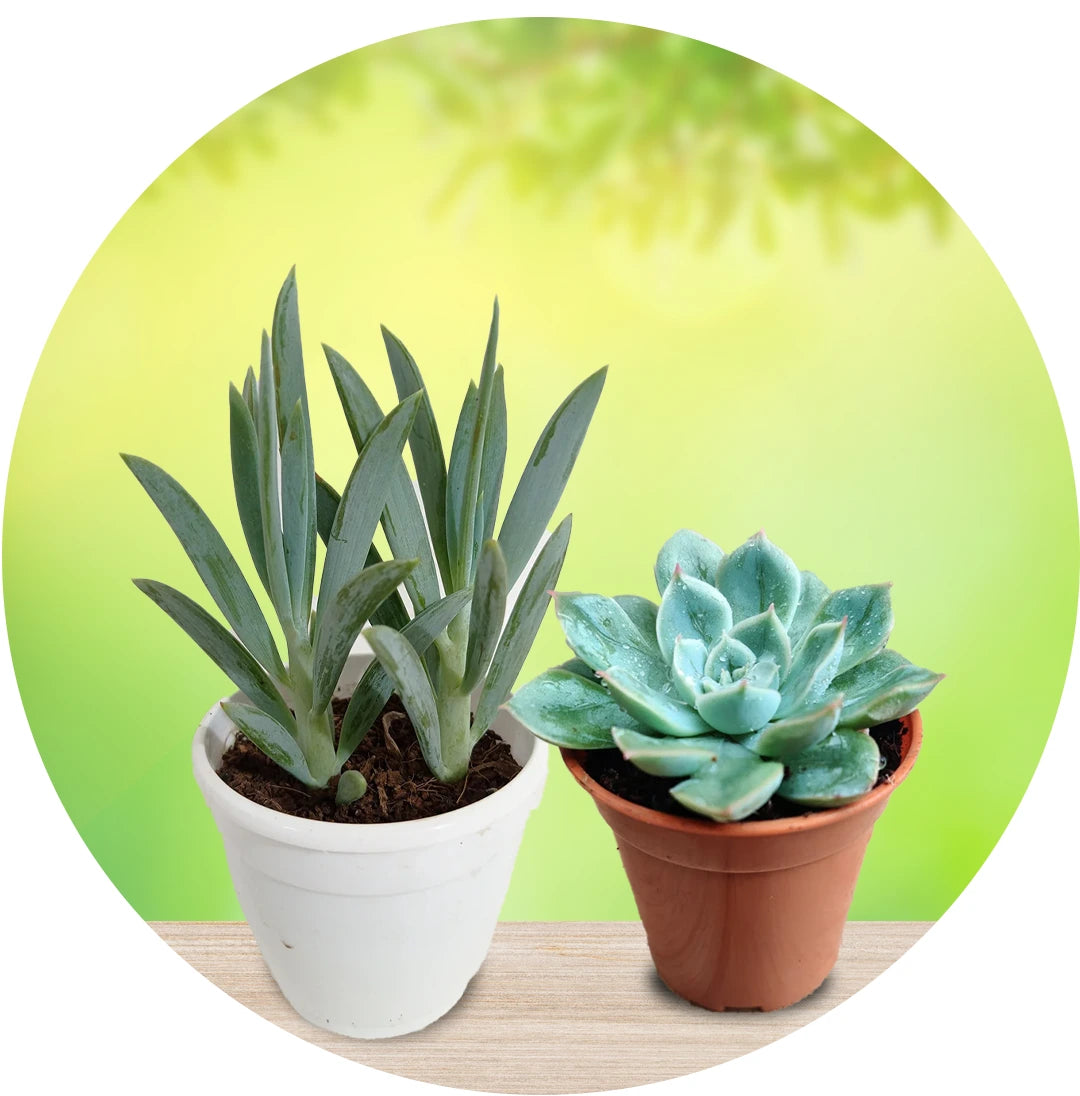
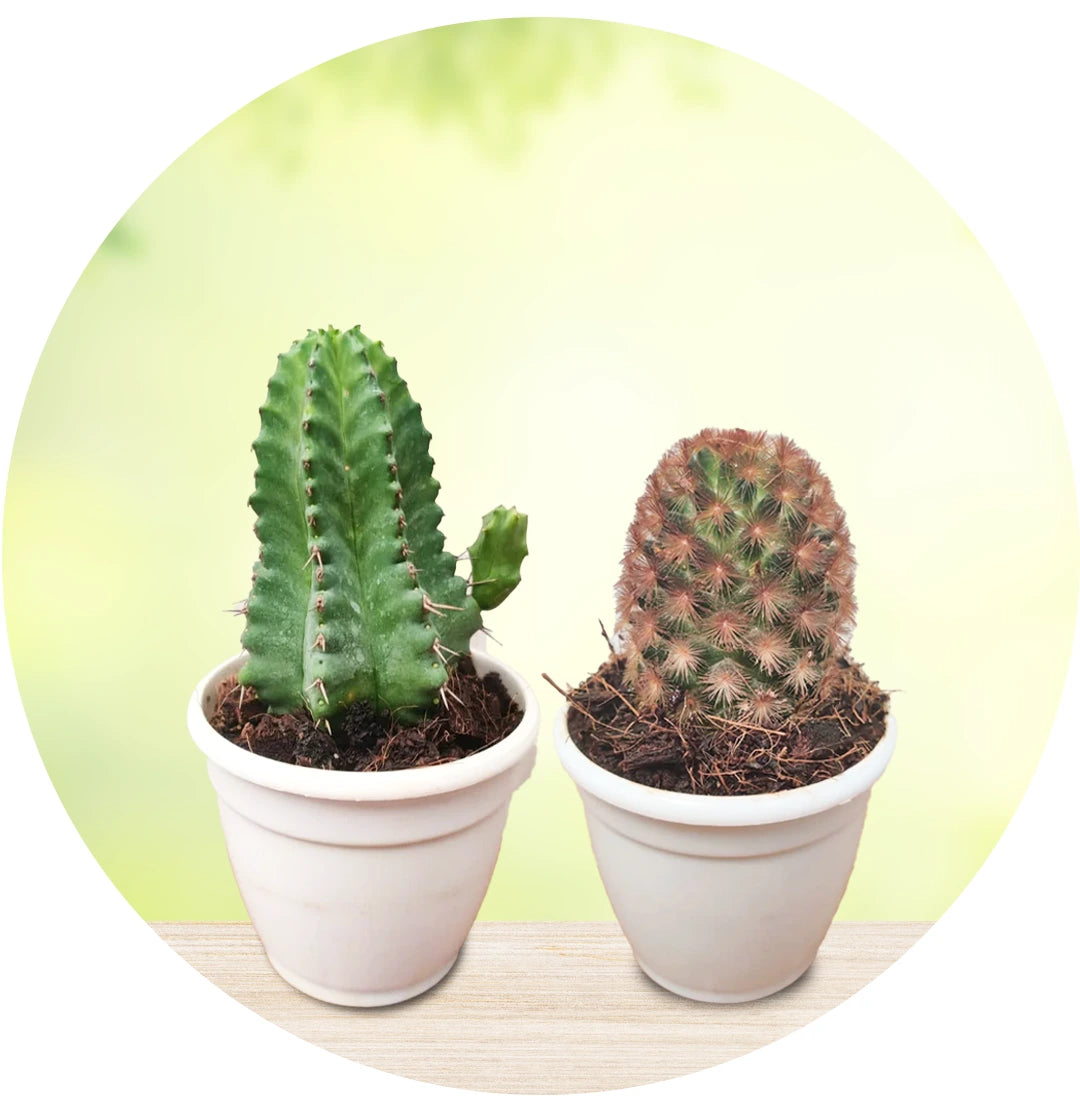
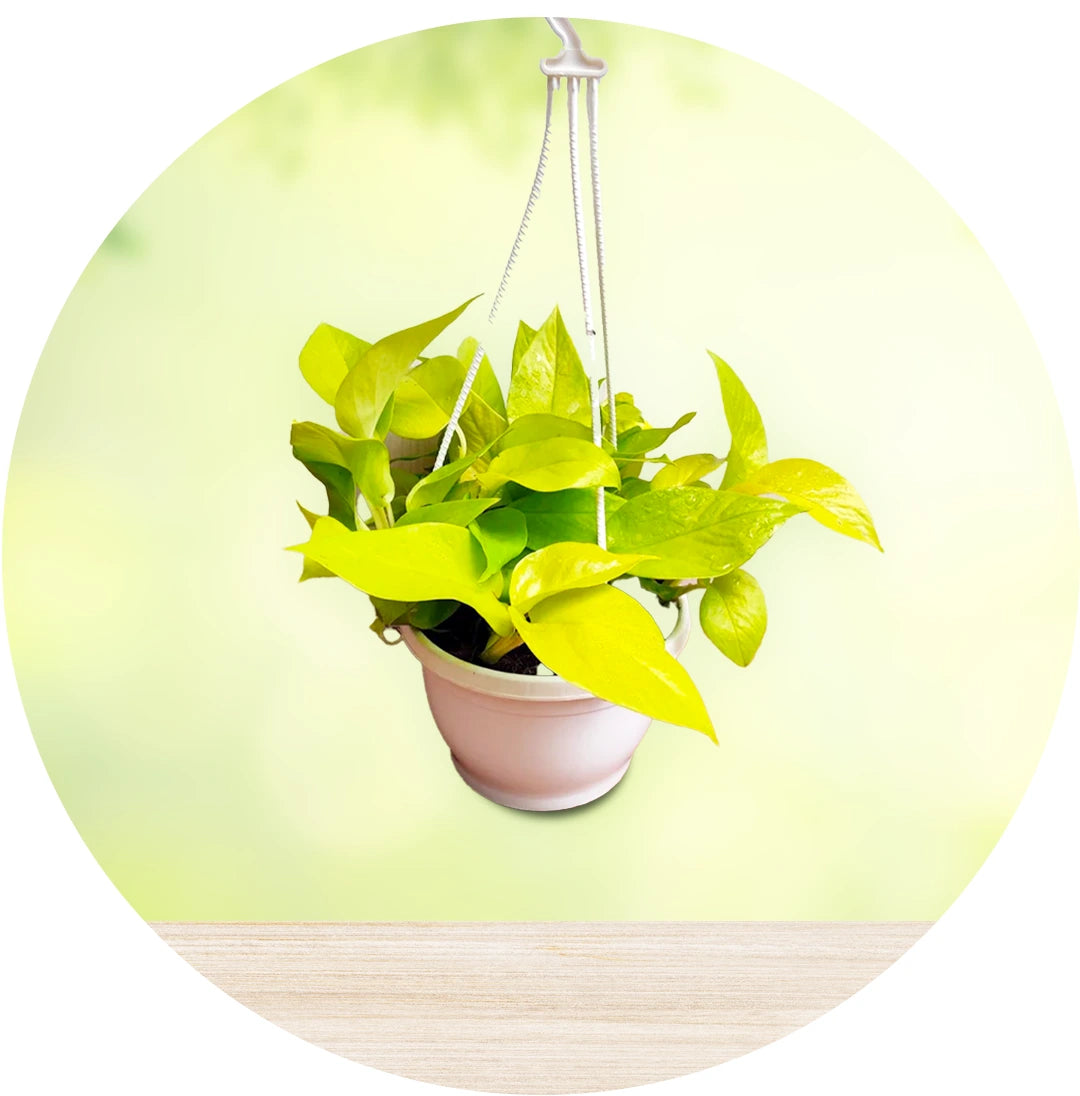
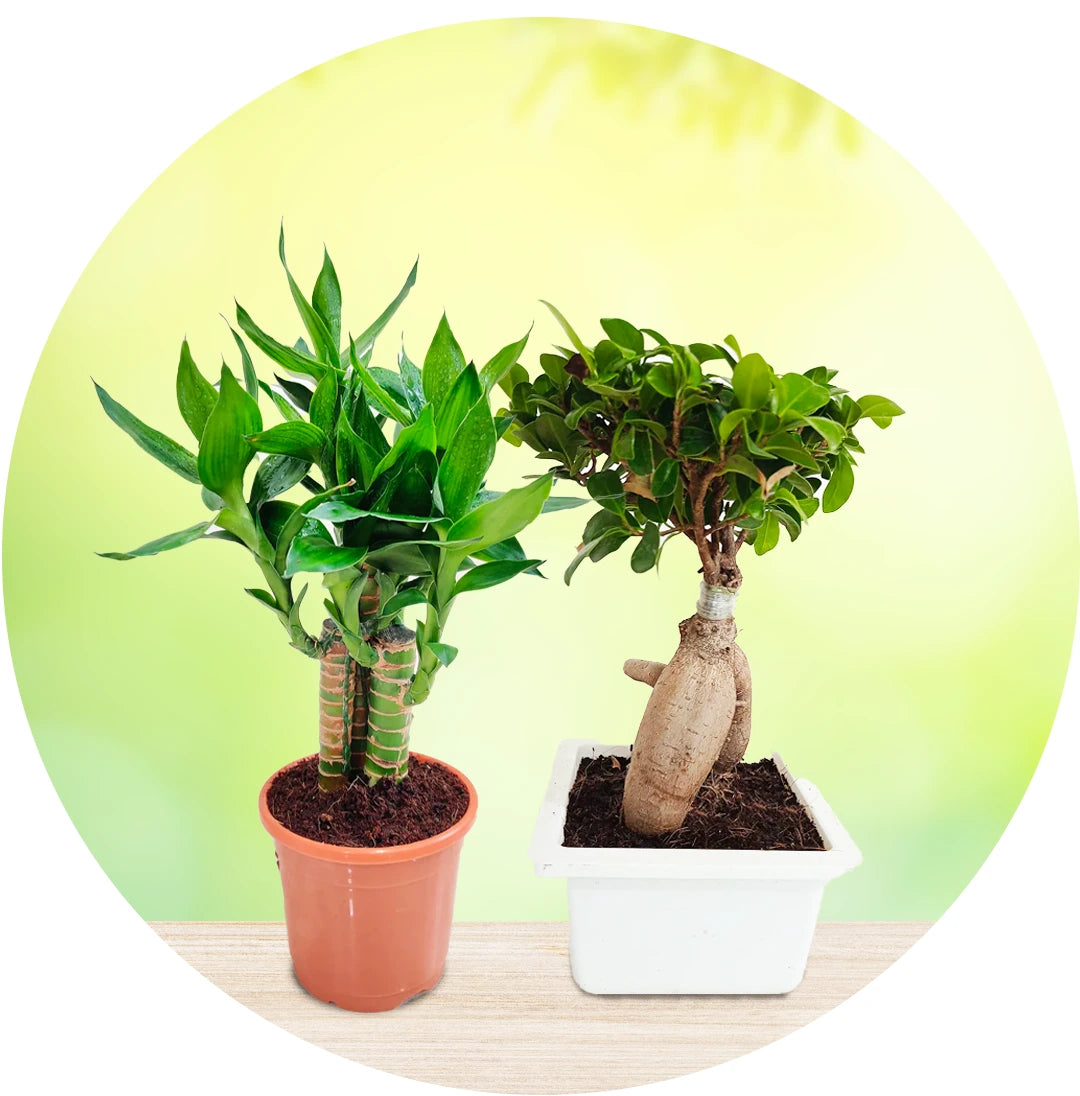
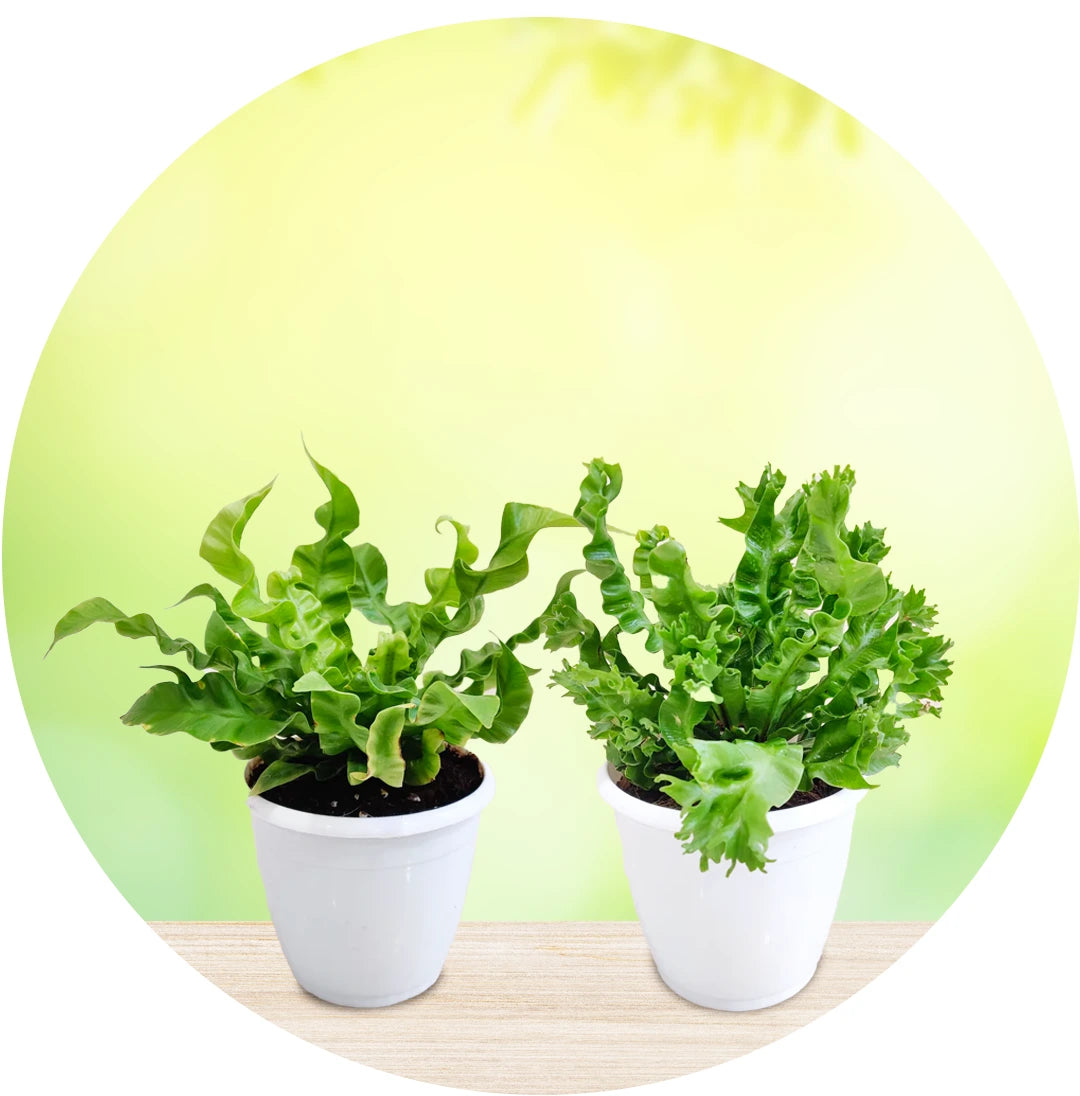
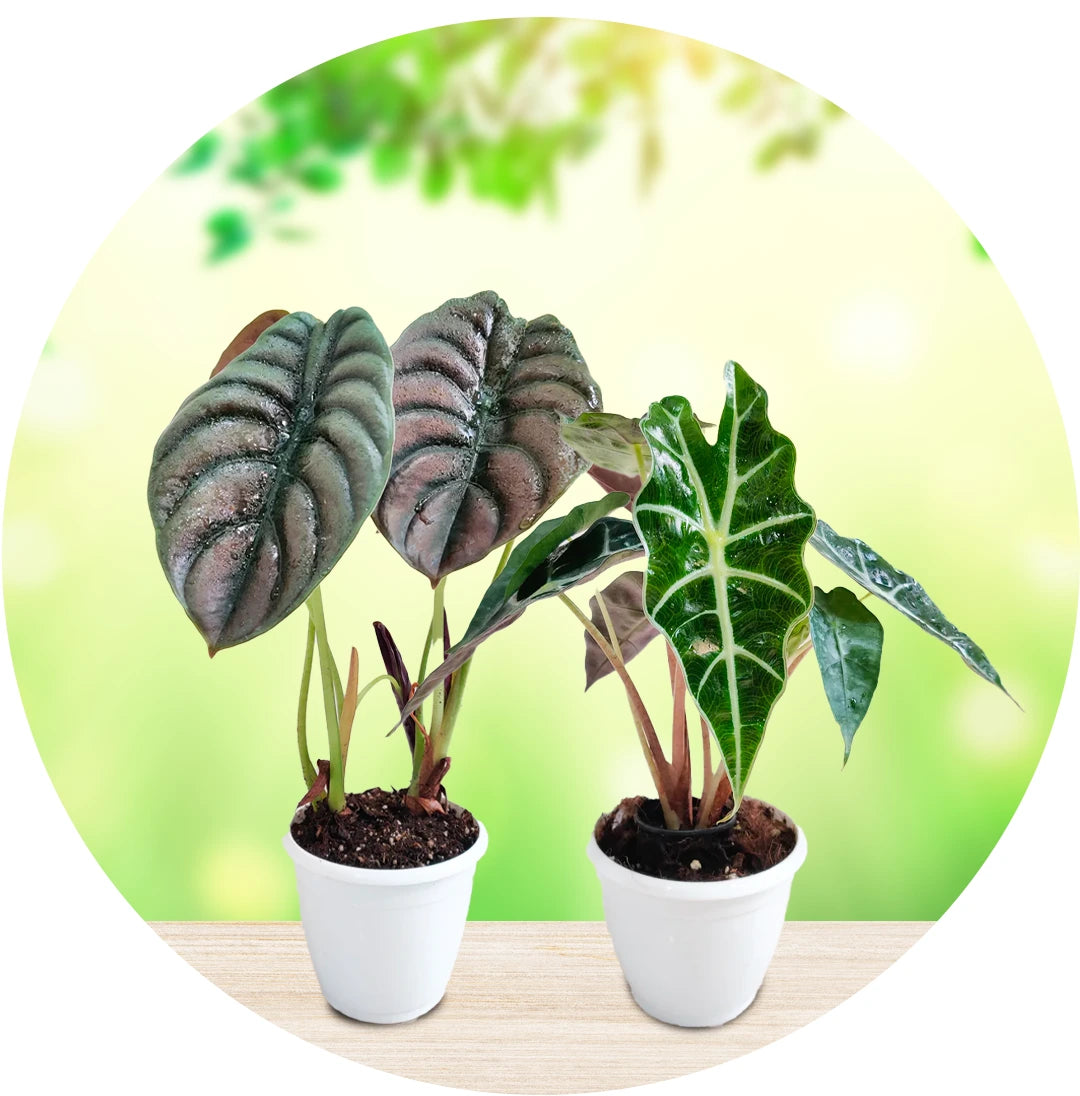
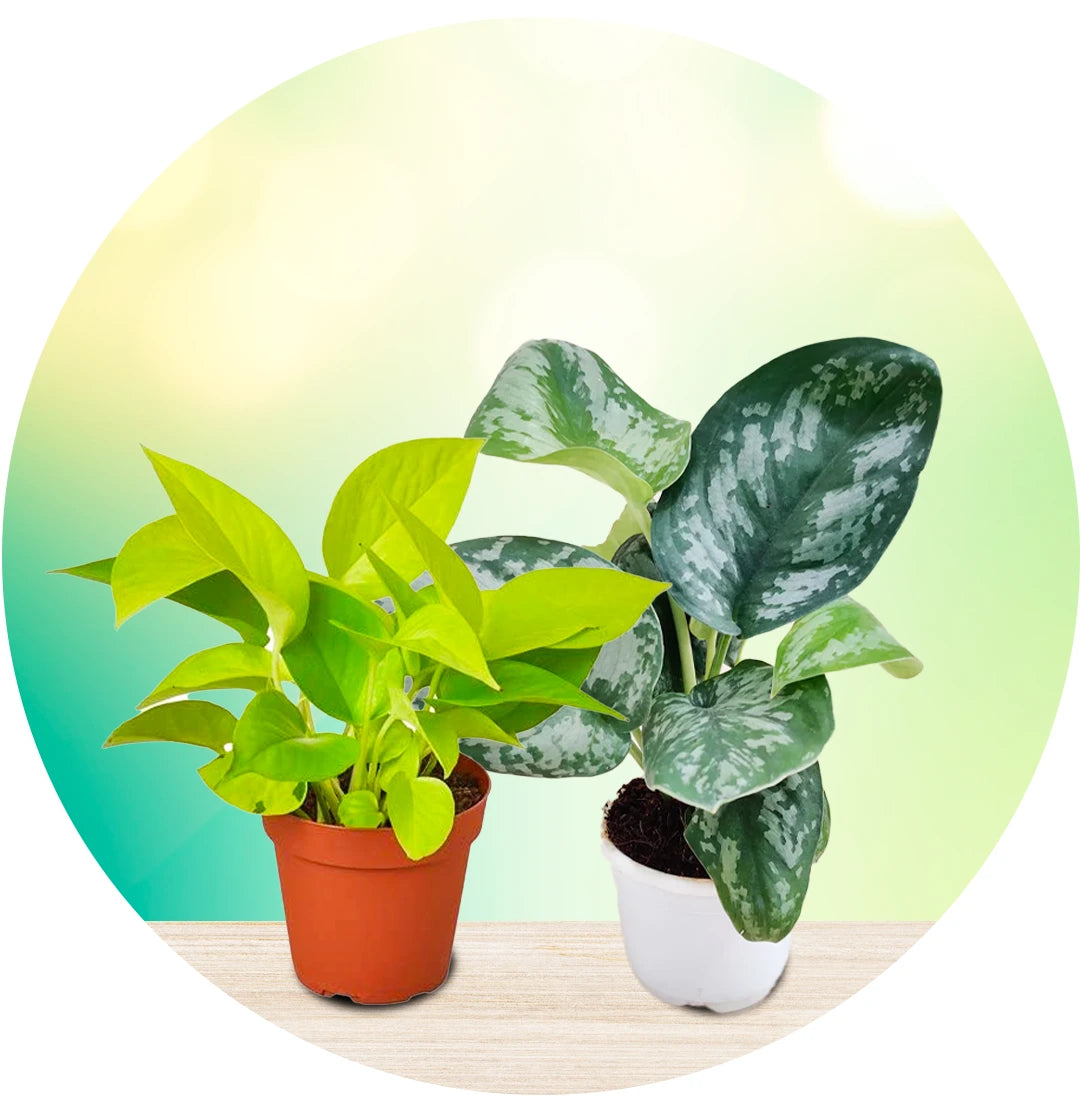
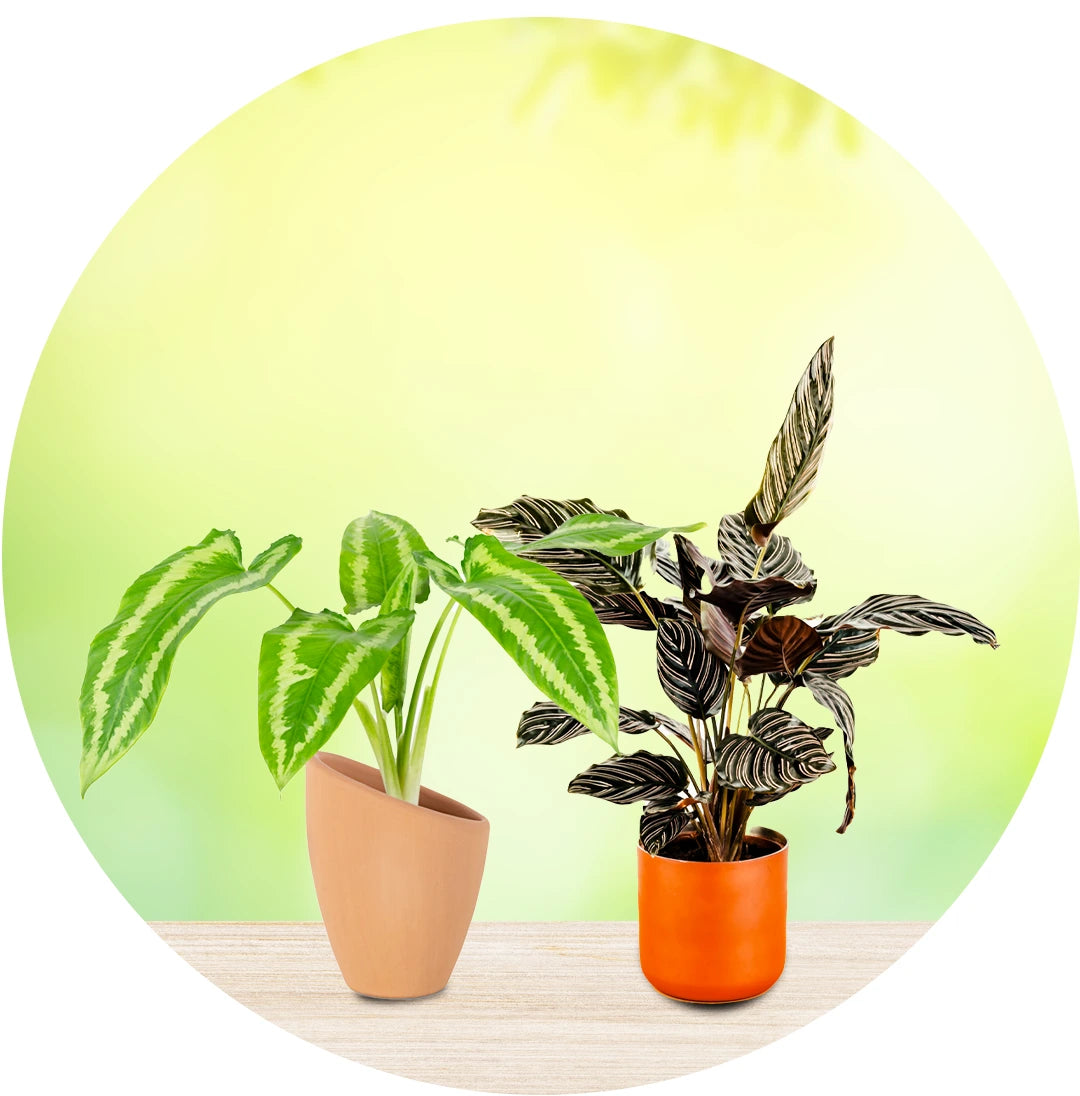
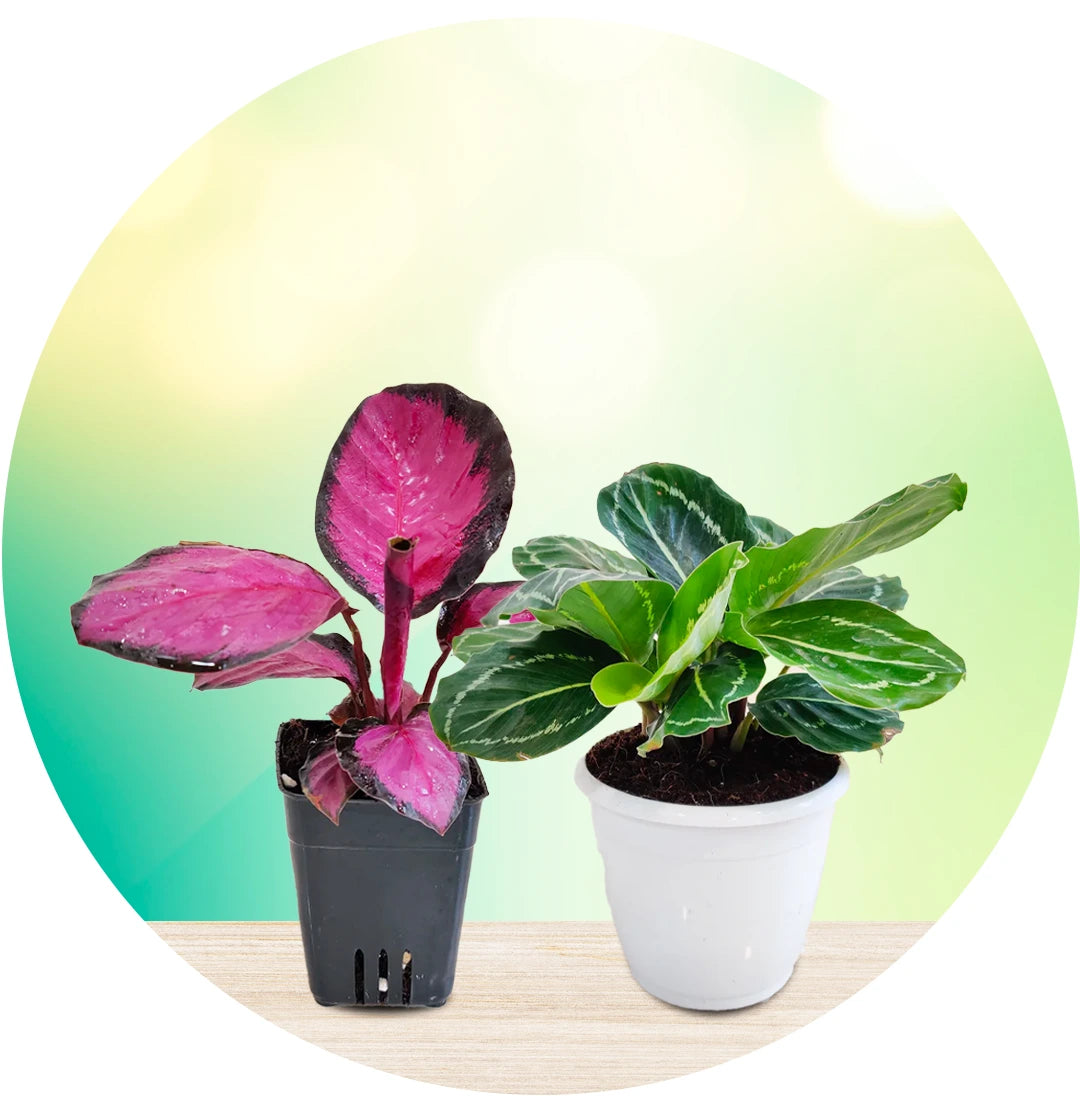
Leave a comment